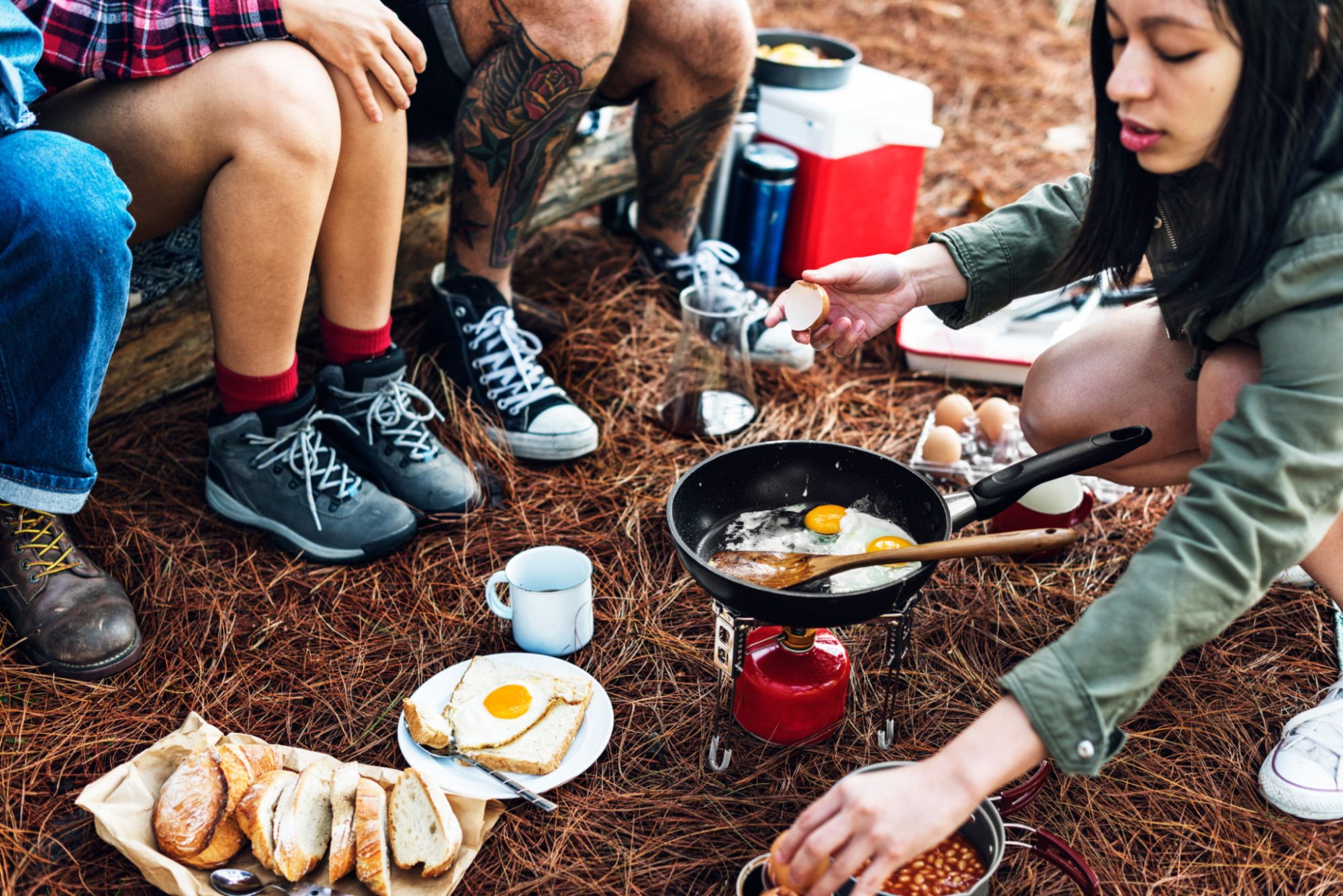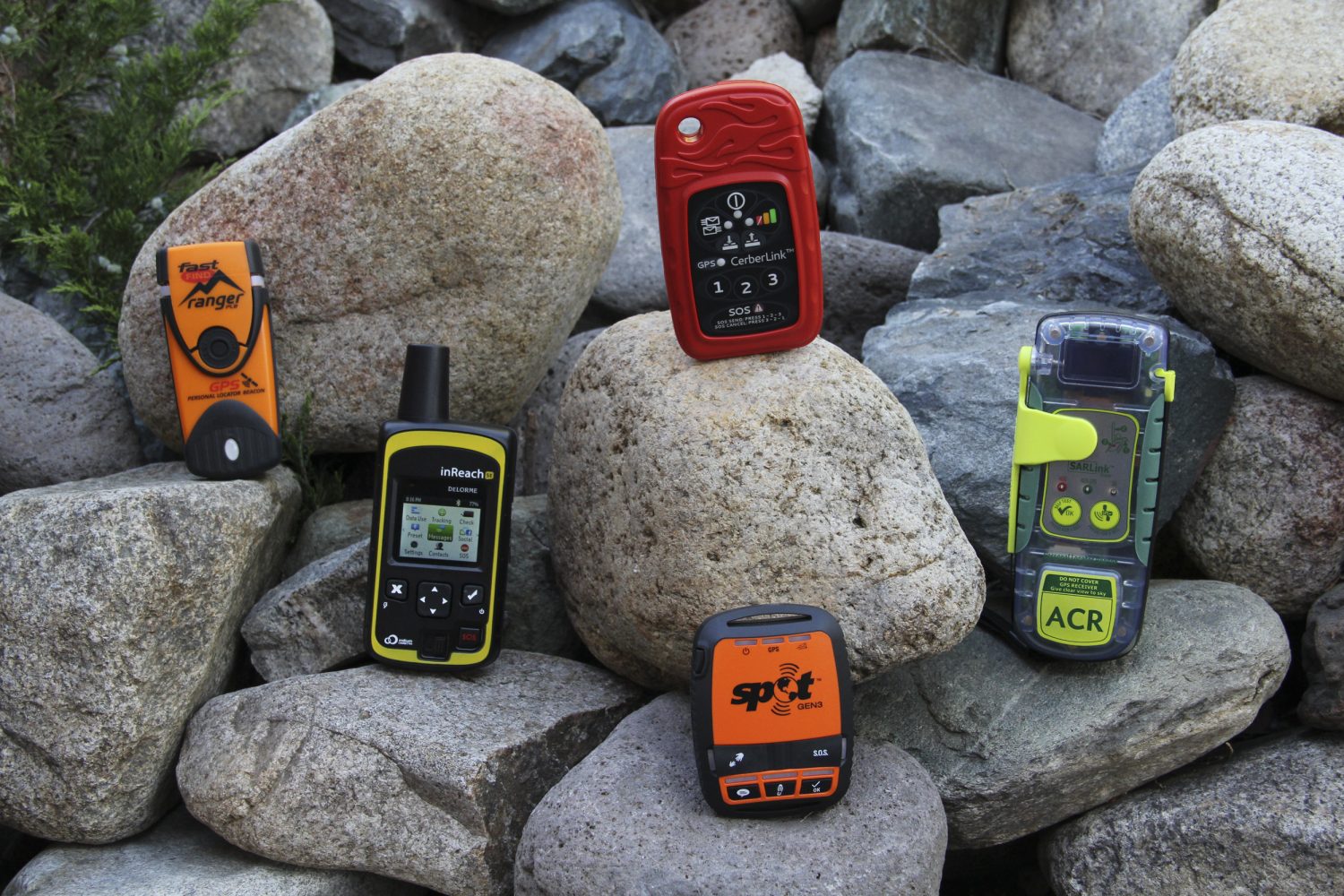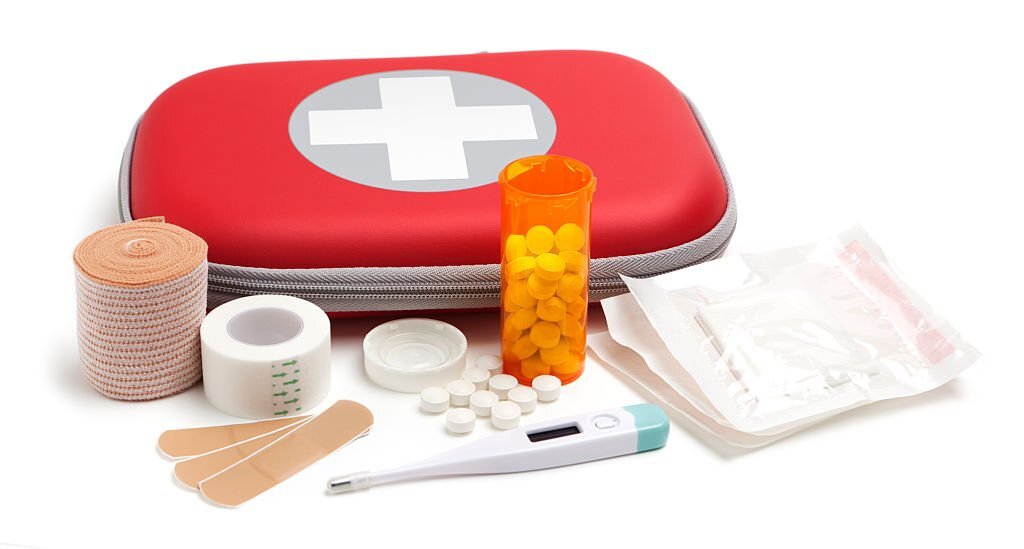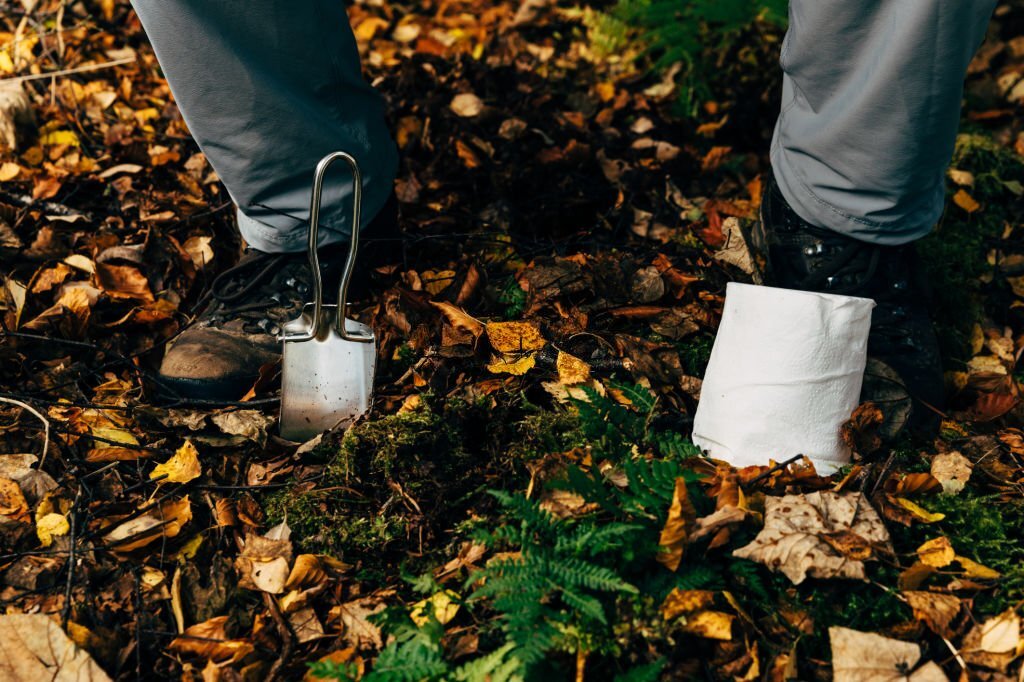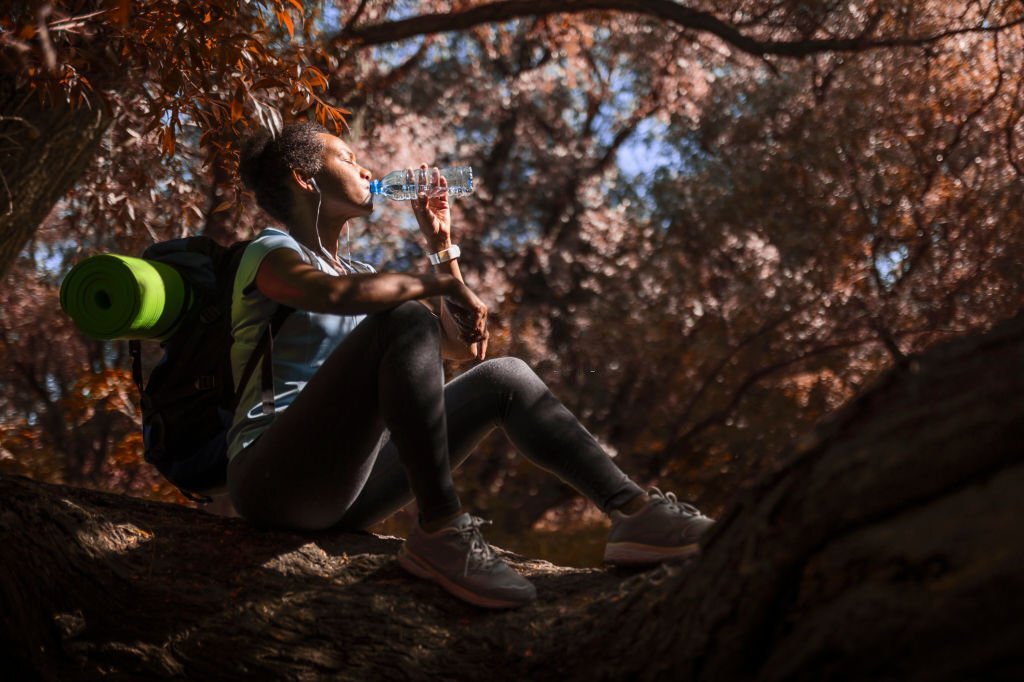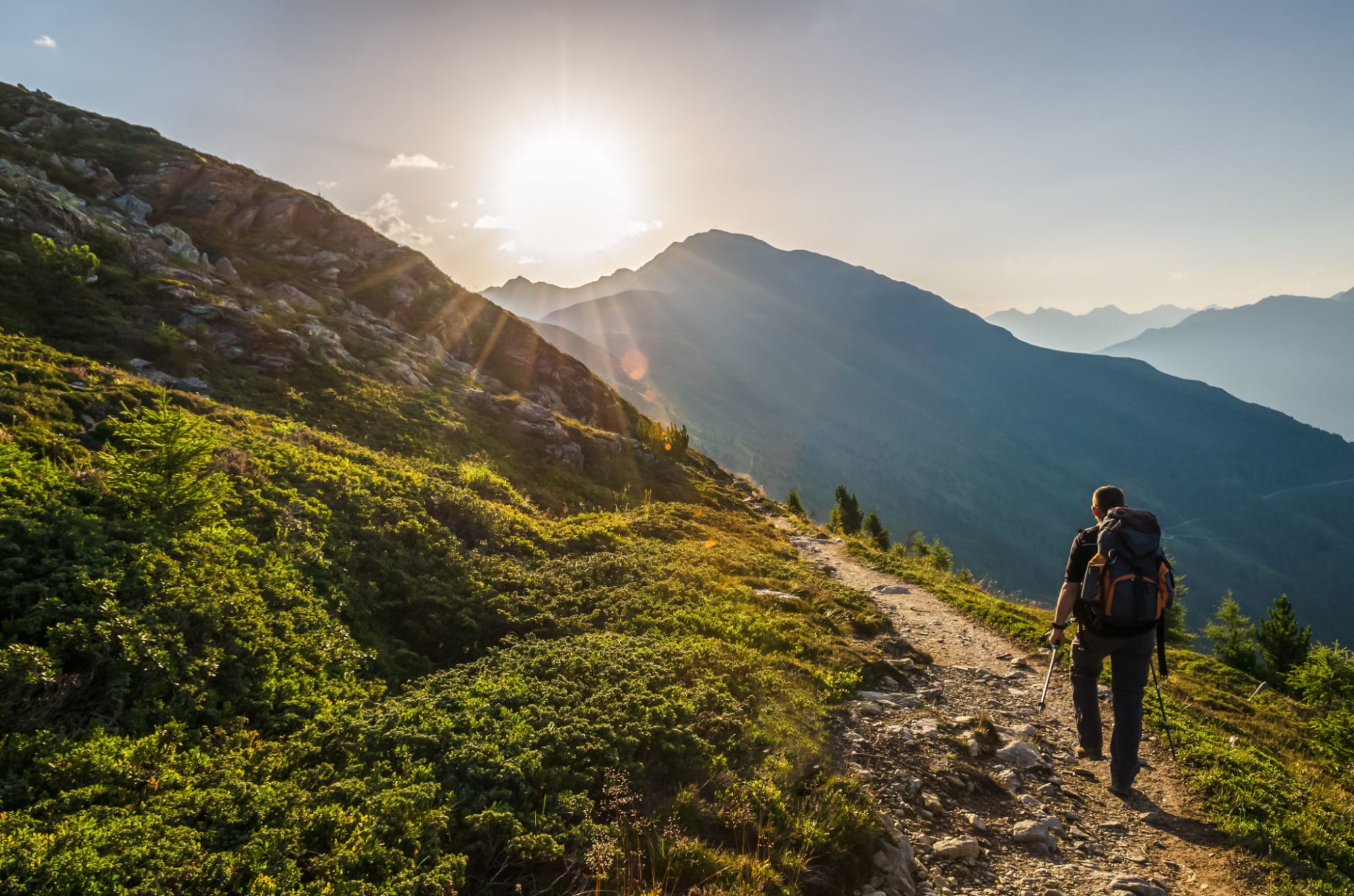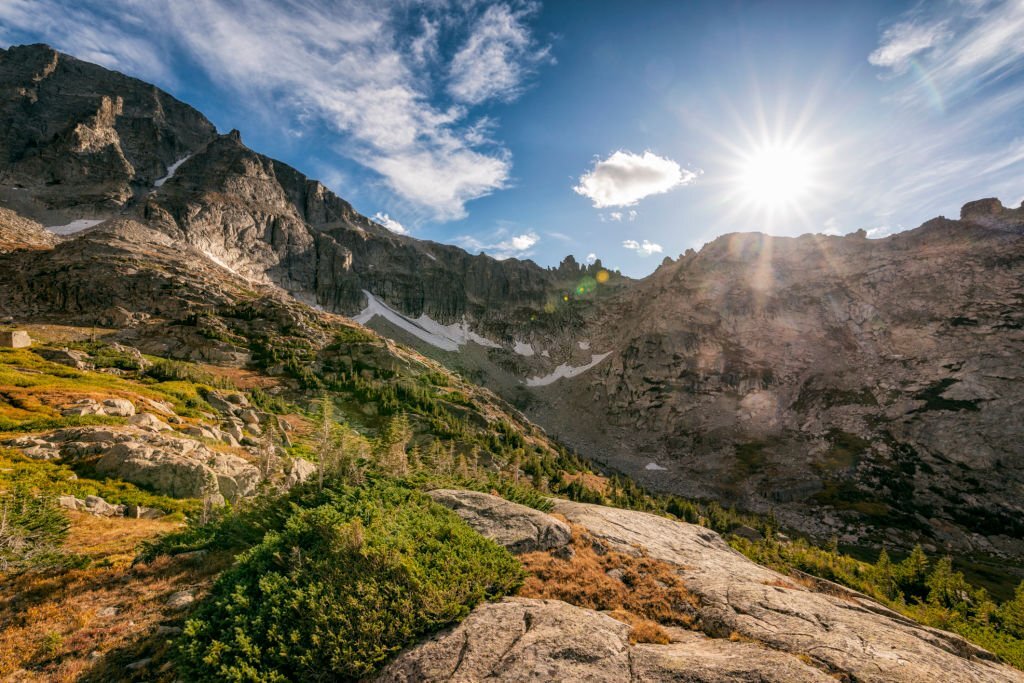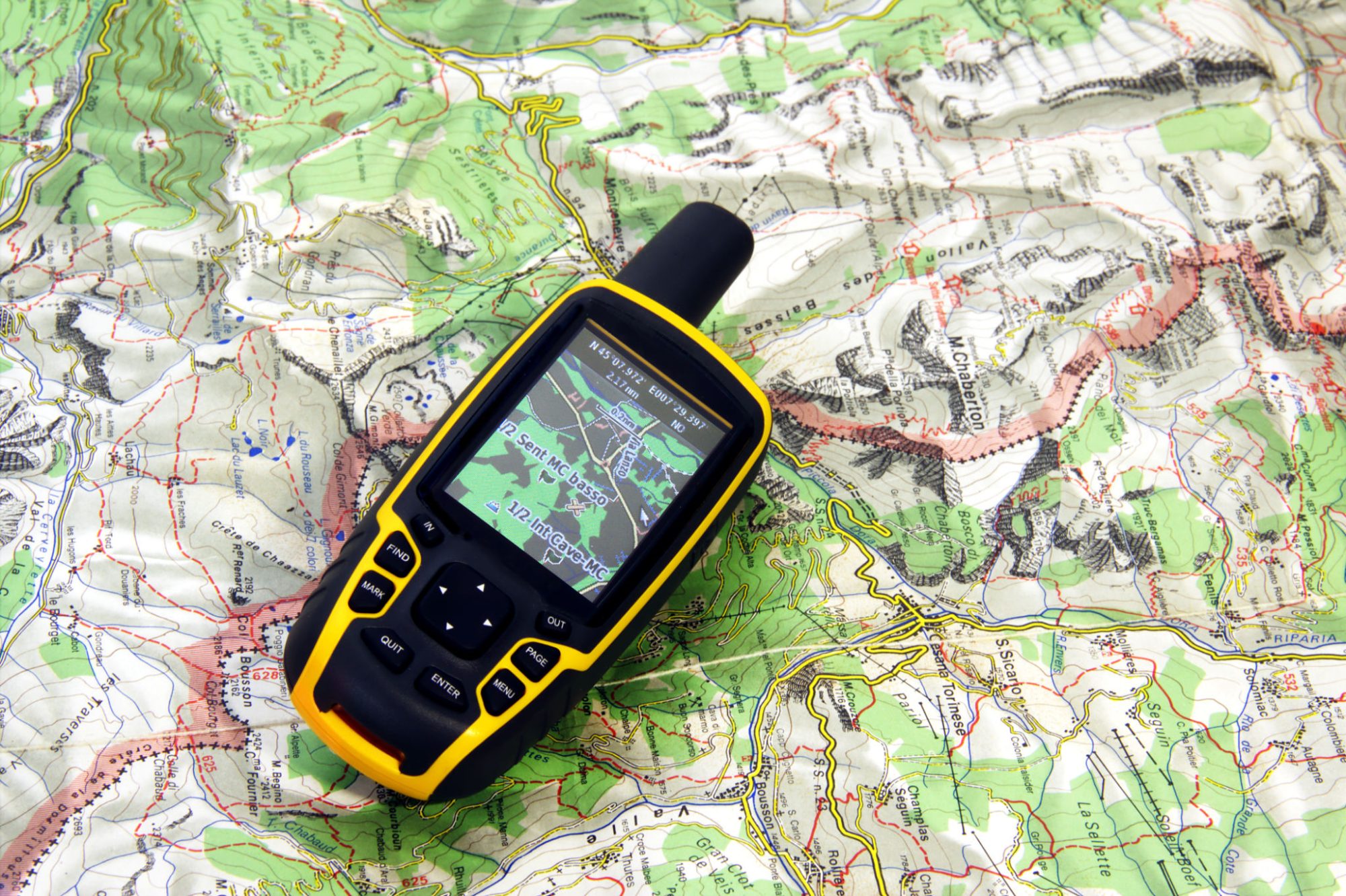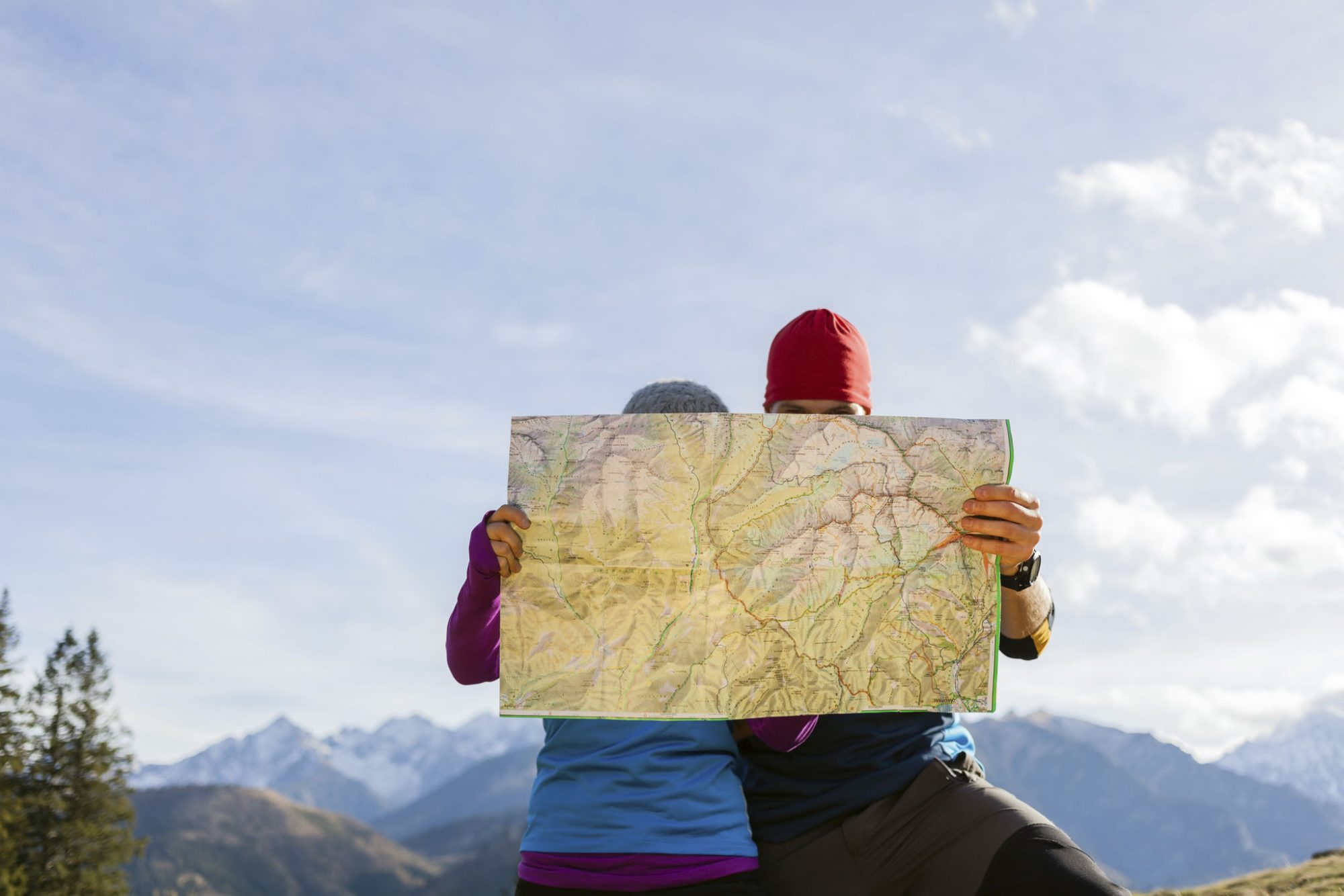Meal Planning for Ultralight Backpacking
To lighten your food load and still get the calories and nutrition you need to maintain your stamina on the trail, aim for nutritious foods that are high in calories relative to weight and volume. Choose foods that provide at least 100 calories per ounce—125 calories or more per ounce is even better.
Backpacking Food Ideas & Meal Planning
You can take most foods backpacking, but it’s best to stick with foods that are portable, lightweight, and not too bulky. Fortunately, there are ways to take backpacking versions of your favorite meal—from burrito bowls to tuna noodle casserole—whether you dehydrate the meal at home, buy ready-to-eat dehydrated meals that only require adding hot water, or assemble your meal from a mixture of fresh and dry ingredients.
How to Choose Headlamps
Headlamps today use LEDs almost exclusively as their light source. LEDs are rugged, energy-efficient, and long-lasting.
How to Choose Between a PLB and a Satellite Messenger
PLBs and satellite messengers are your two best options for sending distress signals when on an outdoor adventure.
How to Choose Sun-Protection (UPF) Clothing
Choosing clothing that has been designed for sun protection and tested to confirm its Ultraviolet Protection Factor (UPF) will give you greater control over your total level of UV exposure.
How to Choose First Aid Kits
Even if you pack only a small first-aid kit, you’ll have a great resource for treating minor issues and for preventing them from becoming major ones. Managing aches and pains also makes any trip more enjoyable.
How to Go to the Bathroom in the Woods
If you’re in a rafting group camping along a very large river, Leave No Trace recommends peeing directly in the water; the river volume will dilute it, and the camping area avoids getting over-saturated.
How to Stay Hydrated on the Trail
A good general recommendation is about one half-liter of water per hour of moderate activity in moderate temperatures. You may need to increase how much you drink as the temperature and intensity of the activity rise.
Tips for Solo Backpacking & Camping
On a backpacking trip, you’ll be responsible for carrying all the gear, making all the decisions, and figuring out what’s making that creepy noise in the middle of the night. While a solo trip can certainly be challenging, it will also give you a chance to get outside your comfort zone and find out what you’re capable of.
Backpacking In Your Period
After the first time backpacking with your period, you’ll realize it’s no big deal. And you can rest easy that the old notion that bears are attracted to menstrual blood turns out to be a myth. With a little preparation and knowledge, you won’t have to think twice about heading into the backcountry at any time of the month
How to Store and Handle Food for Campers and Backpackers
Keeping human food (and other aromatic items such as toiletries) away from animals requires similar practices in both a campground and backcountry campsite. Here are some general tips:
Leave No Trace Seven Principles
While most of us don’t intend to harm our natural surroundings, we may lack the knowledge to preserve them, or we’re simply overlooking a few important behaviors.
How to Choose and Use a GPS
A handheld GPS receiver remains a valuable outdoor tool for hikers and other backcountry explorers.
How to Read a Topo Map
A magnetized compass and a paper map are part of the Ten Essentials.



